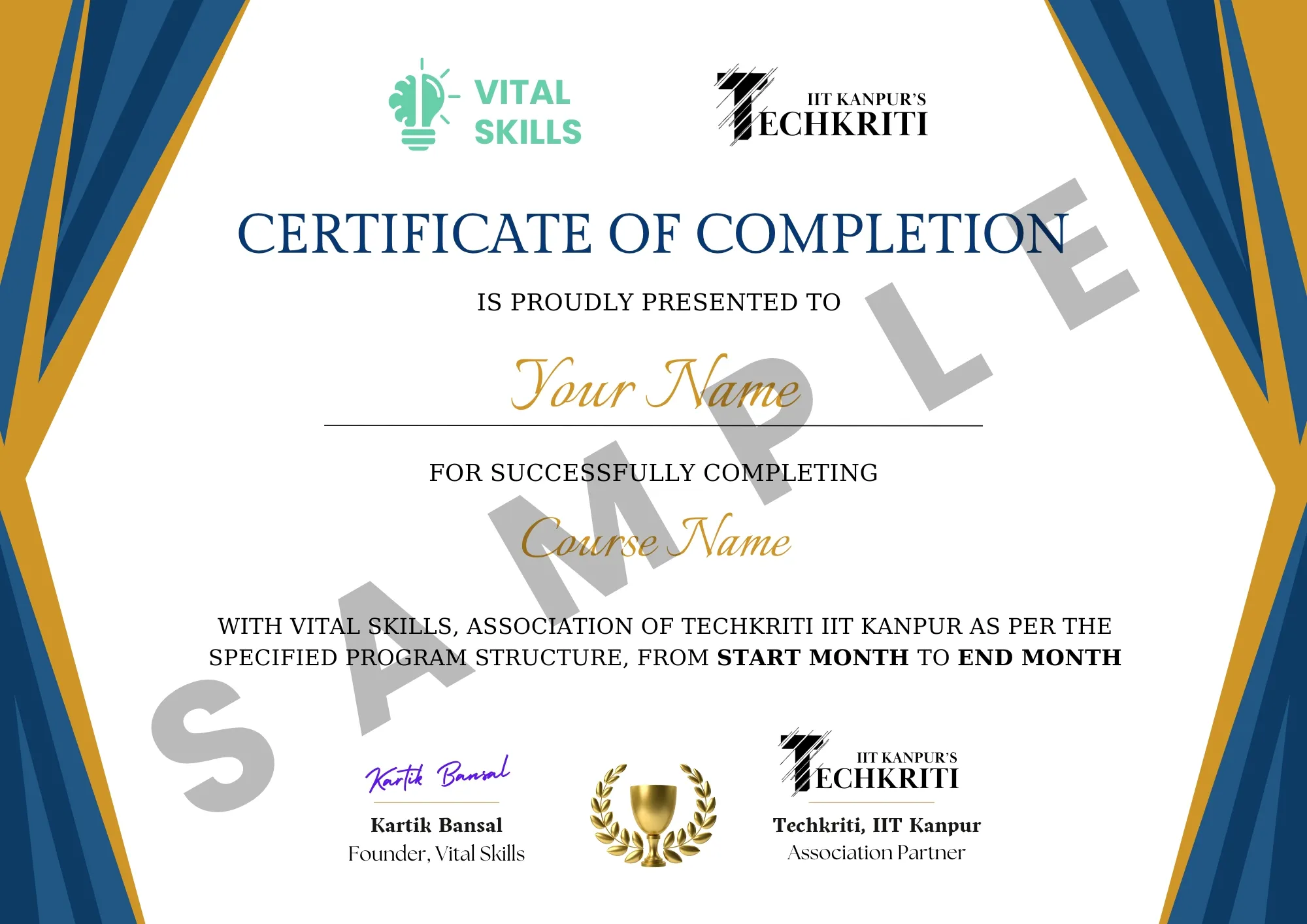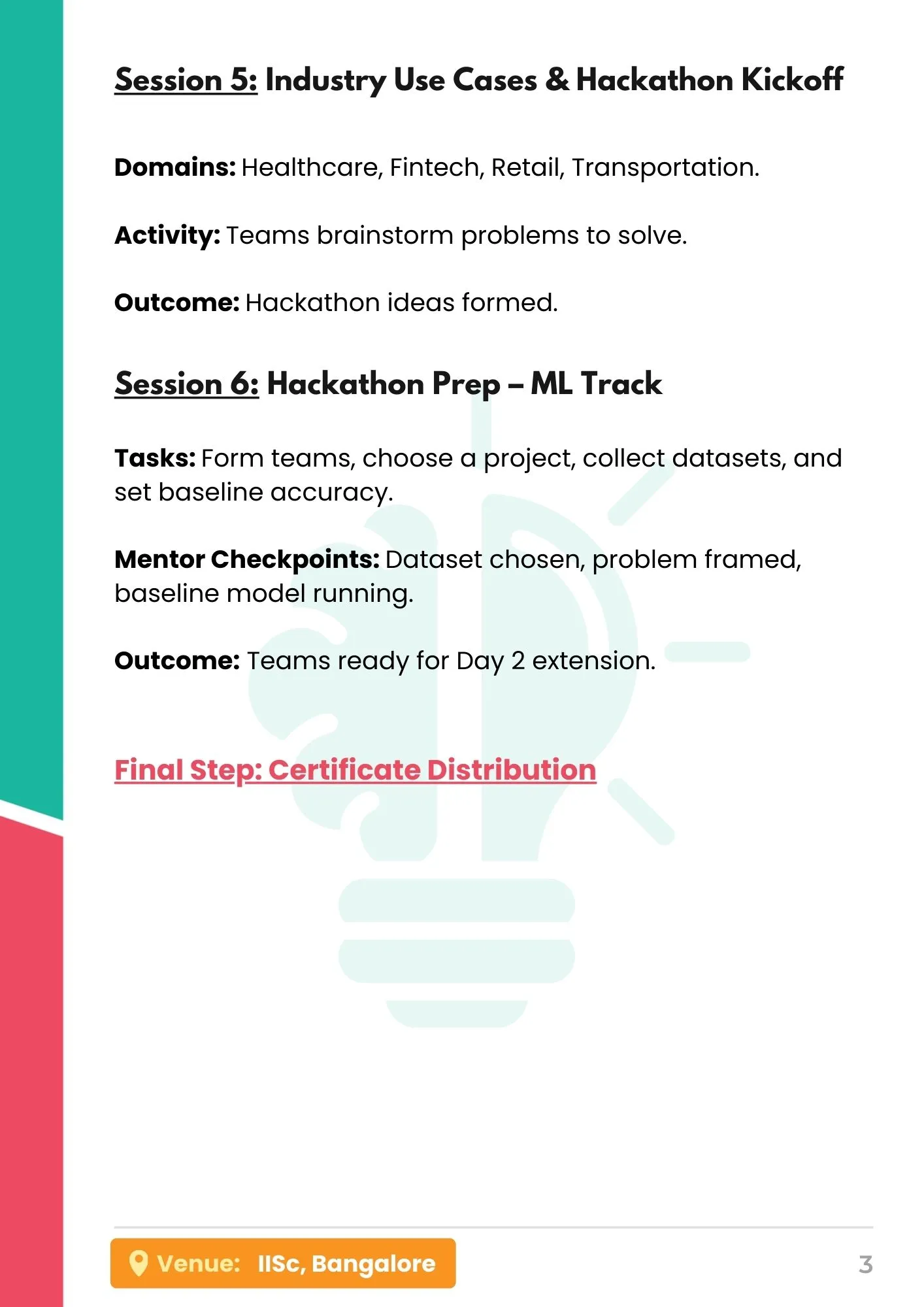Back-End Development
Backend development involves building and maintaining the server-side of web applications. It focuses on database management, server logic, and application architecture, enabling data processing and communication between the client and server. Backend developers use languages like Java, Python, and Node.js to create efficient, scalable, and secure systems.
₹4,999.00 Original price was: ₹4,999.00.₹599.00Current price is: ₹599.00.
About This Course
Unlock the power of back-end development with our comprehensive course on Node.js, Express.js, and MongoDB. Dive into the world of server-side programming and database management with expert guidance and hands-on projects. Whether you’re a beginner or an experienced developer looking to expand your skill set, this course provides a solid foundation in building robust back-end systems.
Discover the versatility of Node.js for creating scalable and efficient server-side applications, harness the flexibility of Express.js for crafting RESTful APIs, and master MongoDB for seamless data storage and retrieval. With practical exercises and real-world examples, you’ll learn to design, develop, and deploy dynamic web applications with confidence.
By the end of the course, you’ll have the expertise to tackle complex back-end challenges and elevate your career as a proficient Node.js developer. Start your journey towards becoming a back-end development pro today!
Course Content
Module 1 - Introduction to Backend Development and Node.js
Overview of backend development
Importance of backend in web development
Backend technologies and their role
What is Node.js?
Installation and setup
Understanding Node.js architecture
JavaScript fundamentals review
Node.js modules and CommonJS syntax
Asynchronous programming with callbacks
Module 2 – Building Web Servers with Node.js
Defining routes in Node.js
Introduction to package.json and npm packages.
HTTP request and response.
Handling different HTTP methods (GET, POST, PUT, DELETE)
Parsing request parameters and payloads
Static file hosting, server side rendering, Web APIs
Passing data from backend to frontend
Module 3 – Building Web Servers with Express.js
What is Express.js?
Why use Express.js for web development?
Installing Express.js and setting up a project
Defining routes in Express.js
Handling different HTTP methods (GET, POST, PUT, DELETE)
Parsing request parameters and payloads
API Endpoints
Understanding middleware concept
Implementing custom middleware
Using third-party middleware (body-parser, morgan, etc.)
Integrating template engines like EJS or Pug
Rendering dynamic content in views
Passing data from backend to frontend
Module 4 - Building RESTful APIs
What are RESTful APIs?
Understanding RESTful principles (resources, methods, status codes, etc.)
Benefits of RESTful Architecture
Designing API endpoints
Implementing CRUD operations for resources
Handling request validation and error responses
Securing APIs with middleware
Module 5 - Working with MongoDB
What is MongoDB?
Comparing MongoDB with SQL databases
Installing and setting up MongoDB
Performing CRUD operations (Create, Read, Update, Delete)
Using MongoDB shell for command line interface
Using MongoDB Compass for visual interaction
Introduction to MongoDB Atlas for cloud-based database hosting
Introduction to Mongoose
Connecting Node.js to MongoDB using Mongoose
Defining models and schemas in Mongoose
Performing advanced queries (aggregation, indexing, etc.)
Working with embedded documents and arrays
Module 6 - Testing and Deployment
Introduction to unit testing
Setting up Jest for testing Node.js applications
Writing unit tests for backend components
Overview of integration testing
Using SuperTest for testing Express.js APIs
Writing integration tests for API endpoints
Introduction to dotenv
Implementation of dotenv package for port number, password, etc
Choosing a deployment platform (Heroku, AWS, etc.)
Preparing the application for production
Deploying the backend application
Module 7 - Best Practices and Advanced Topics
Implementing error-handling middleware
Logging best practices with Winston or similar libraries
Handling uncaught exceptions and promise rejections
Identifying performance bottlenecks in Node.js applications
Techniques for improving performance (caching, load balancing, etc.)
Monitoring and profiling Node.js applications
Introduction to WebSocket protocol
Implementing real-time features with Socket.IO
Building chat applications and other real-time experiences
Introduction to Docker and Containerization
Dockerizing a Node.js application
Managing containers with Docker Compose
Project
Chat application using Mern and socket.io
Earn A Certificate
Why Join This Course?
Latest Technologies
Get Certified
Practical Demosntration
Project Based Learning
FAQs (Frequently Asked Questions)
Do I need prior experience in programming?
Courses are designed from scratch by professionals. No prior knowledge is needed.
How is the course delivered?
The course is usually delivered through a combination of video lectures and projects.
What are the career prospects after completing the course?
Graduates can pursue backend developer, database administrator, or software engineer roles.
Use Coupon Code VITAL100 on checkout and get instant ₹100/- OFF on your next order!
Total Duration
Total Lessons
Course Validity
Level
Job Opportunities
Target Audience
- Front-end Developers
- Data Analysts/Scientists
- Digital Marketers
- Project Managers
- System Administrators
- Game Developers
- Quality Assurance/Test
- Engineers
Follow Us On
Related Courses
Related products
-
Course
Excel Mastery
₹800.00Original price was: ₹800.00.₹385.00Current price is: ₹385.00. Add to cart -
Course
LinkedIn 360
₹800.00Original price was: ₹800.00.₹385.00Current price is: ₹385.00. Add to cart -
Course
Data Science & Analytics
₹4,999.00Original price was: ₹4,999.00.₹599.00Current price is: ₹599.00. Add to cart -
Course
UI / UX Designing
₹4,999.00Original price was: ₹4,999.00.₹599.00Current price is: ₹599.00. Add to cart



















